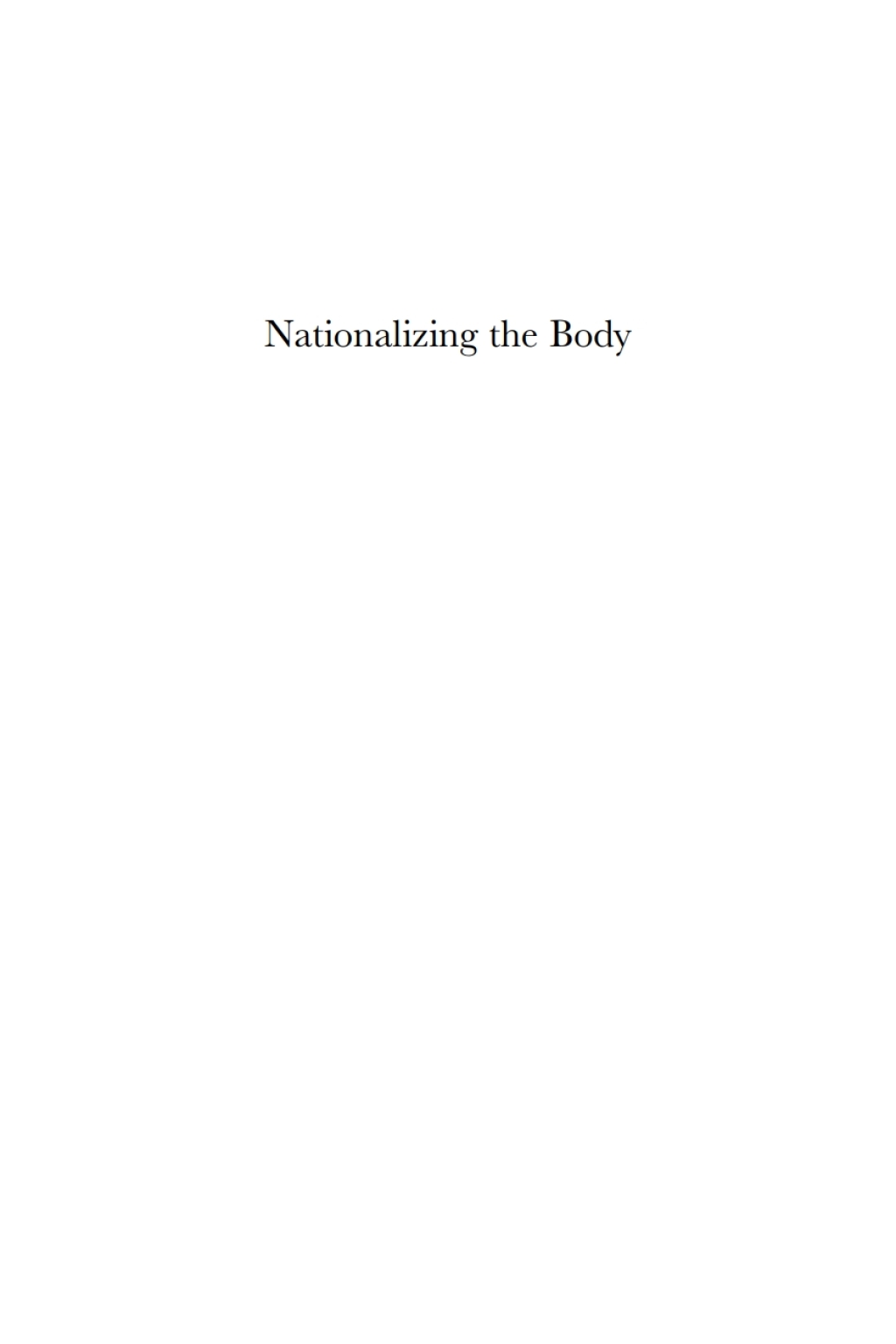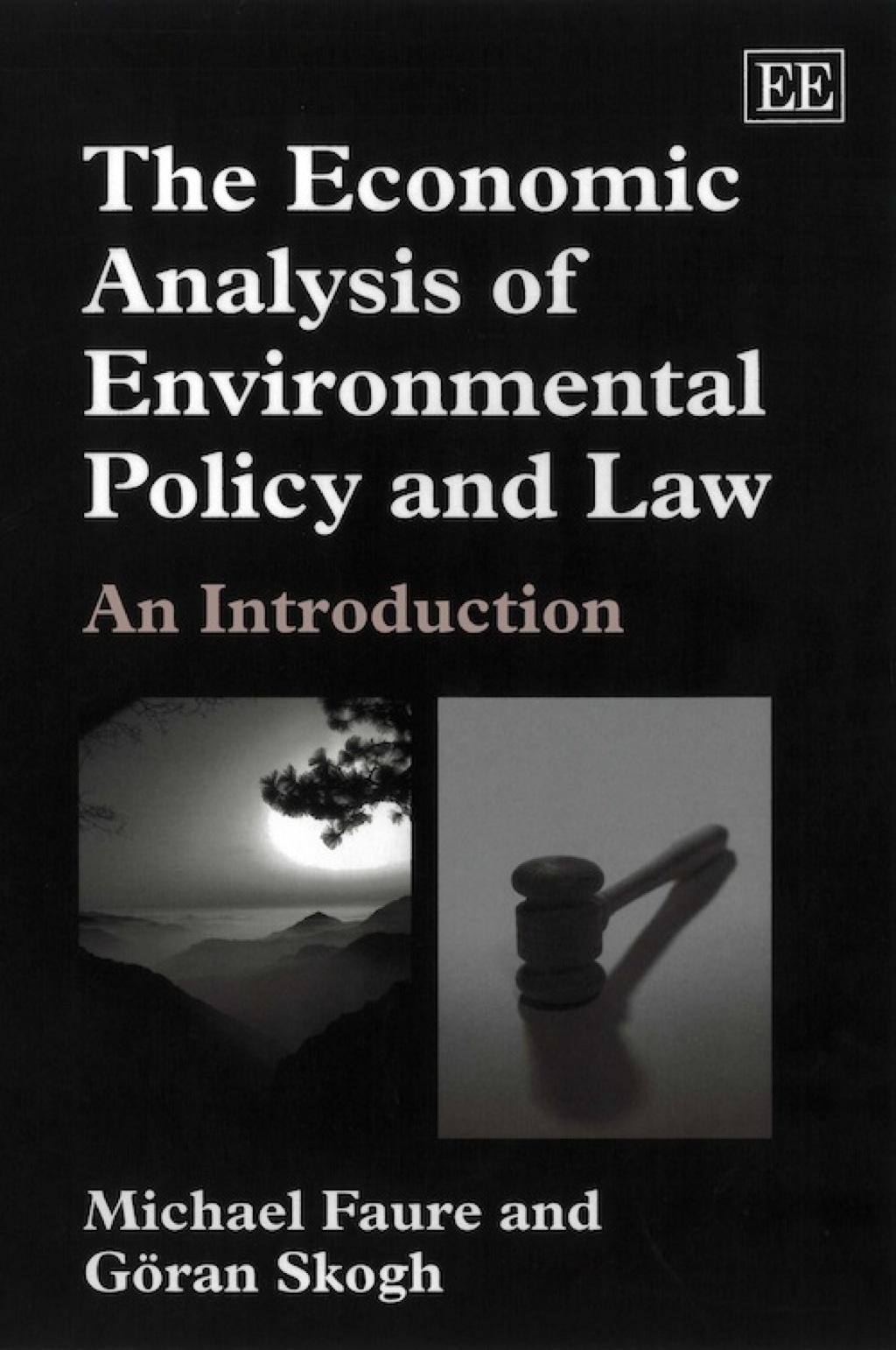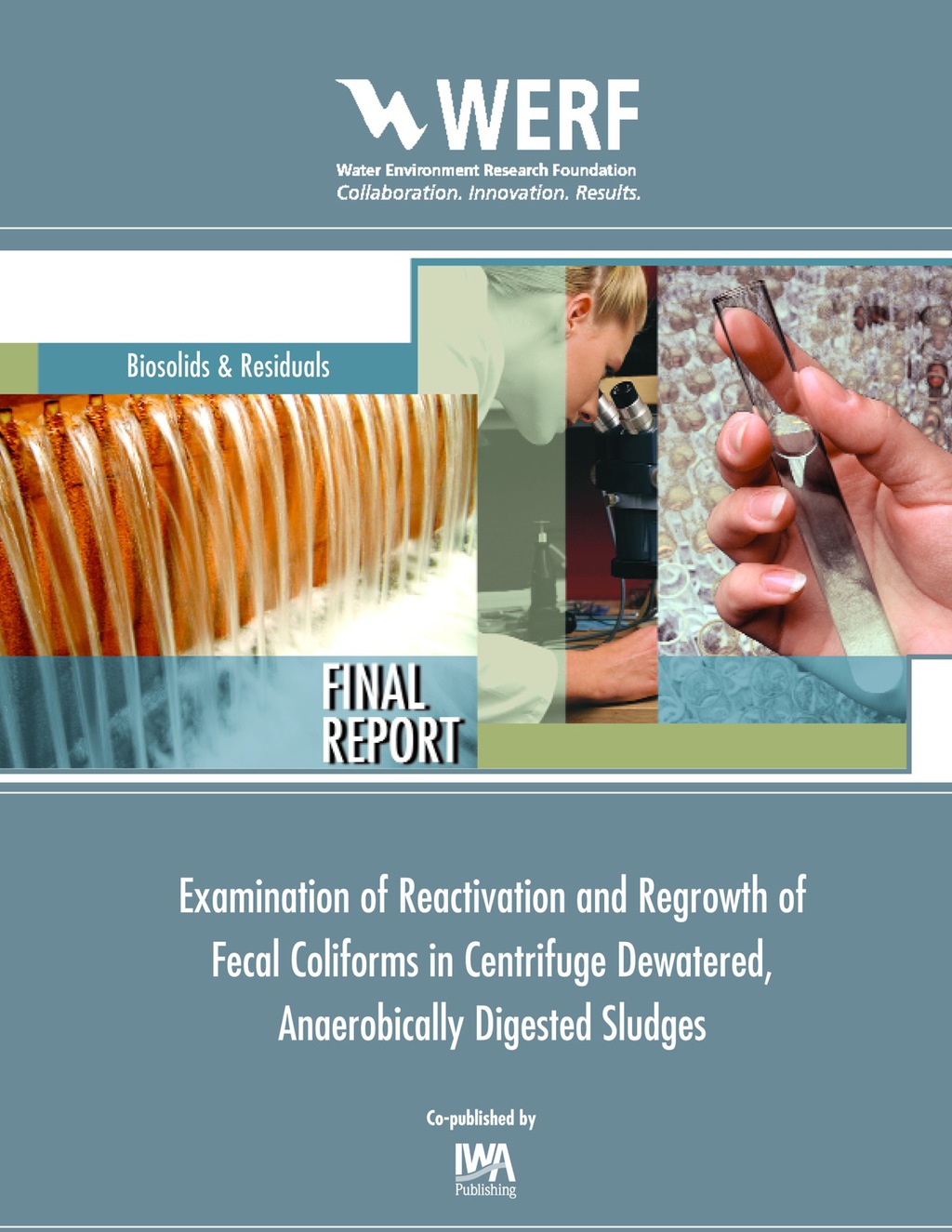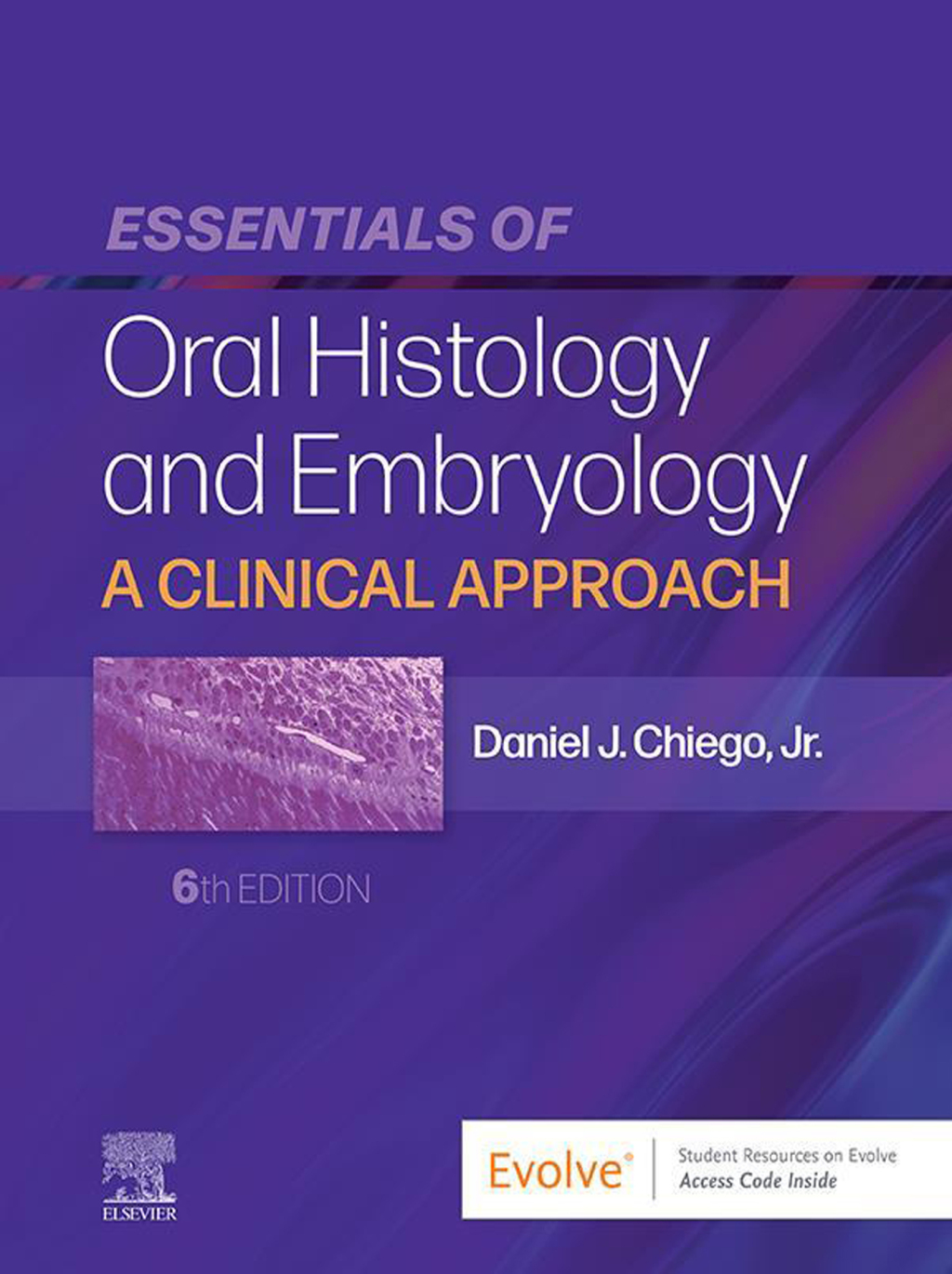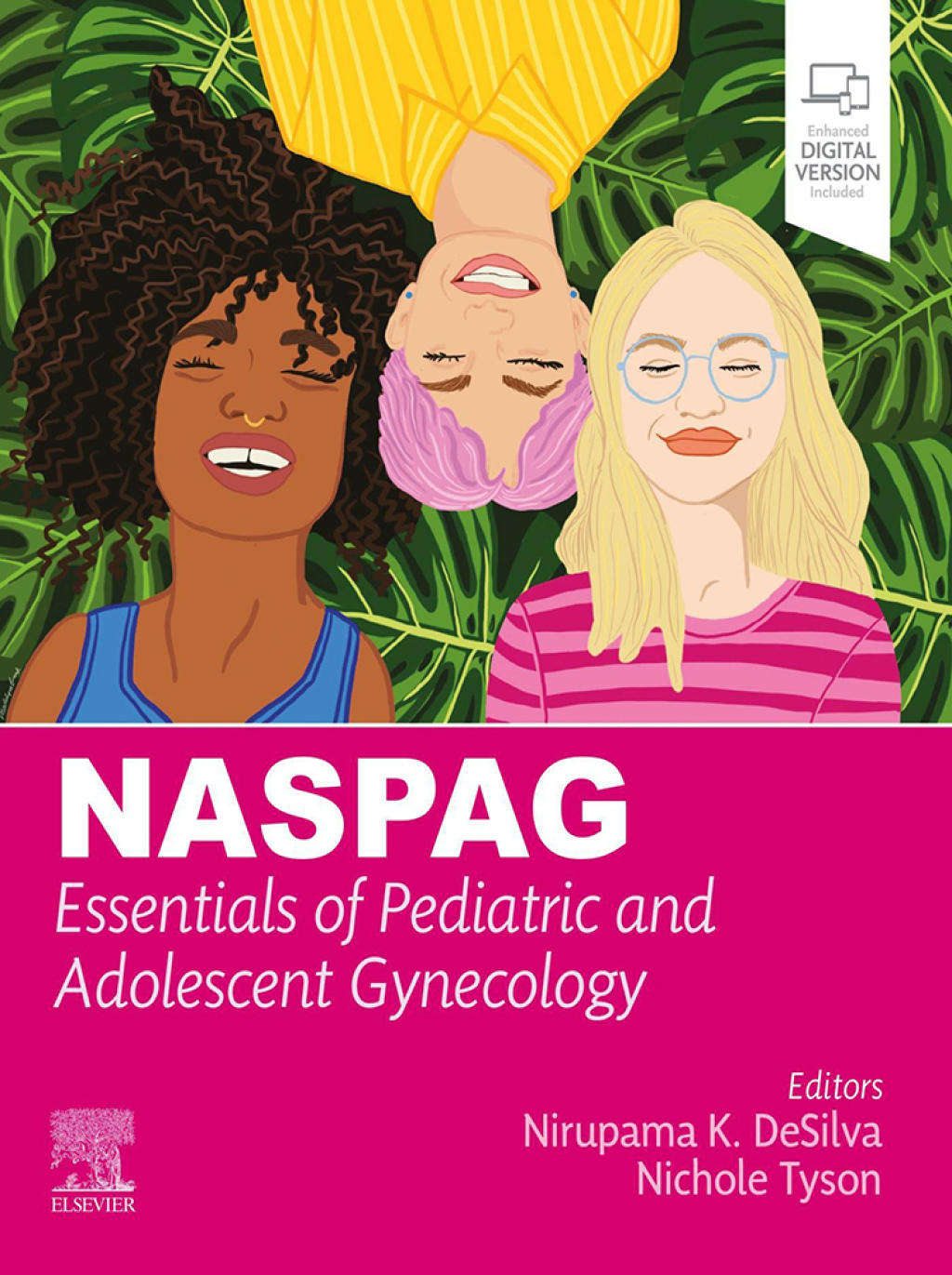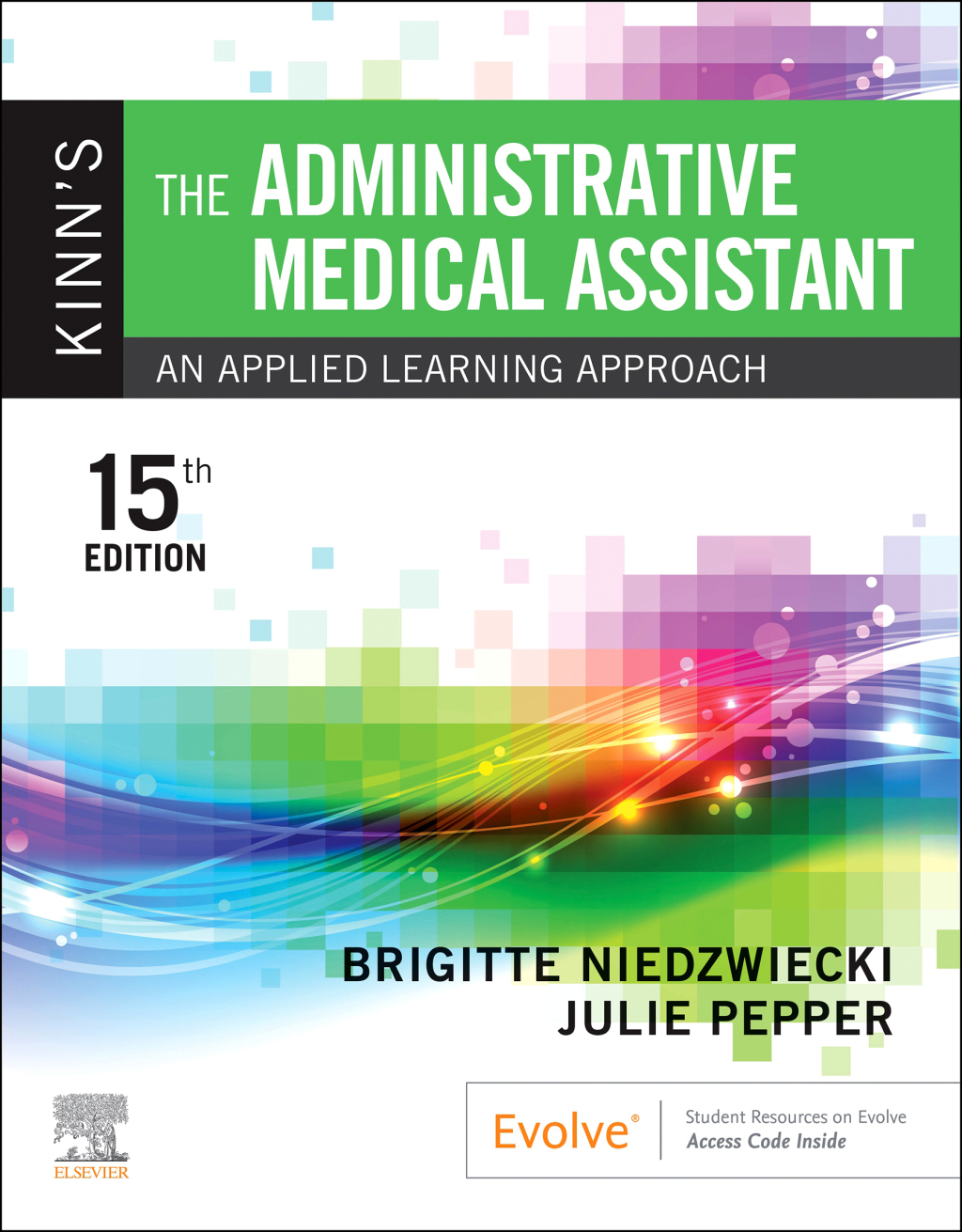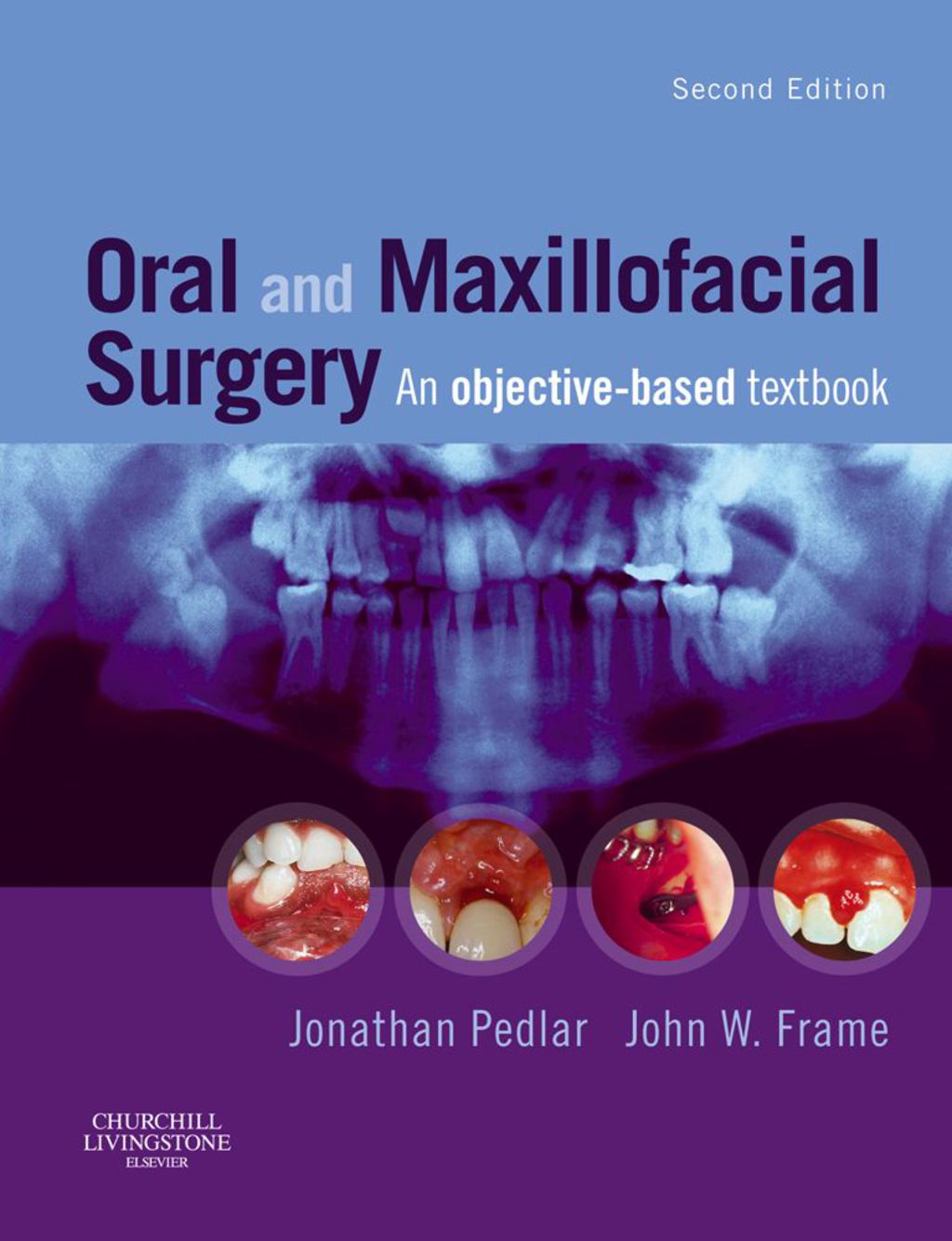In a recent study of anaerobically digested solids from seven wastewater treatment facilities, counts of fecal coliform bacteria increased after dewatering at four of the facilities tested. Immediately after centrifugation, fecal coliform counts increased from very low or nondetectable levels, often by as much as several orders of magnitude, at the four facilities where increases were observed. This study only looked at seven facilities and only facilities using anaerobic digestion and high-solids centrifugation for dewatering; numerous other stabilization and dewatering processes are also widely used. The study identifies some potential control methods and mitigation strategies that utilities could use to reduce coliform levels and provides information on the following: Procedures and test methods that can be applied to assure measures for pathogen reduction are being achieved. Potential mitigation options (e.g., changes to digester hydraulics, dewatering chemical additions, or longer-term storage) that might be considered by a facility to achieve desired reductions in both pathogenic and indicator organisms. Available Online Only
“Avery’s Neonatology Board Review Certification and Clinical Refresher 2nd Edition” has been added to your cart. View cart
Examination of Reactivation and Regrowth of Fecal Coliforms in Anaerobically Digested Sludge: WERF Report 03-CTS-13T
Author(s): Matthew J. Higgins
Publisher: IWA Publishing
ISBN: 9781843397366
Edition:
$39,99
Delivery: This can be downloaded Immediately after purchasing.
Version: Only PDF Version.
Compatible Devices: Can be read on any device (Kindle, NOOK, Android/IOS devices, Windows, MAC)
Quality: High Quality. No missing contents. Printable
Recommended Software: Check here

